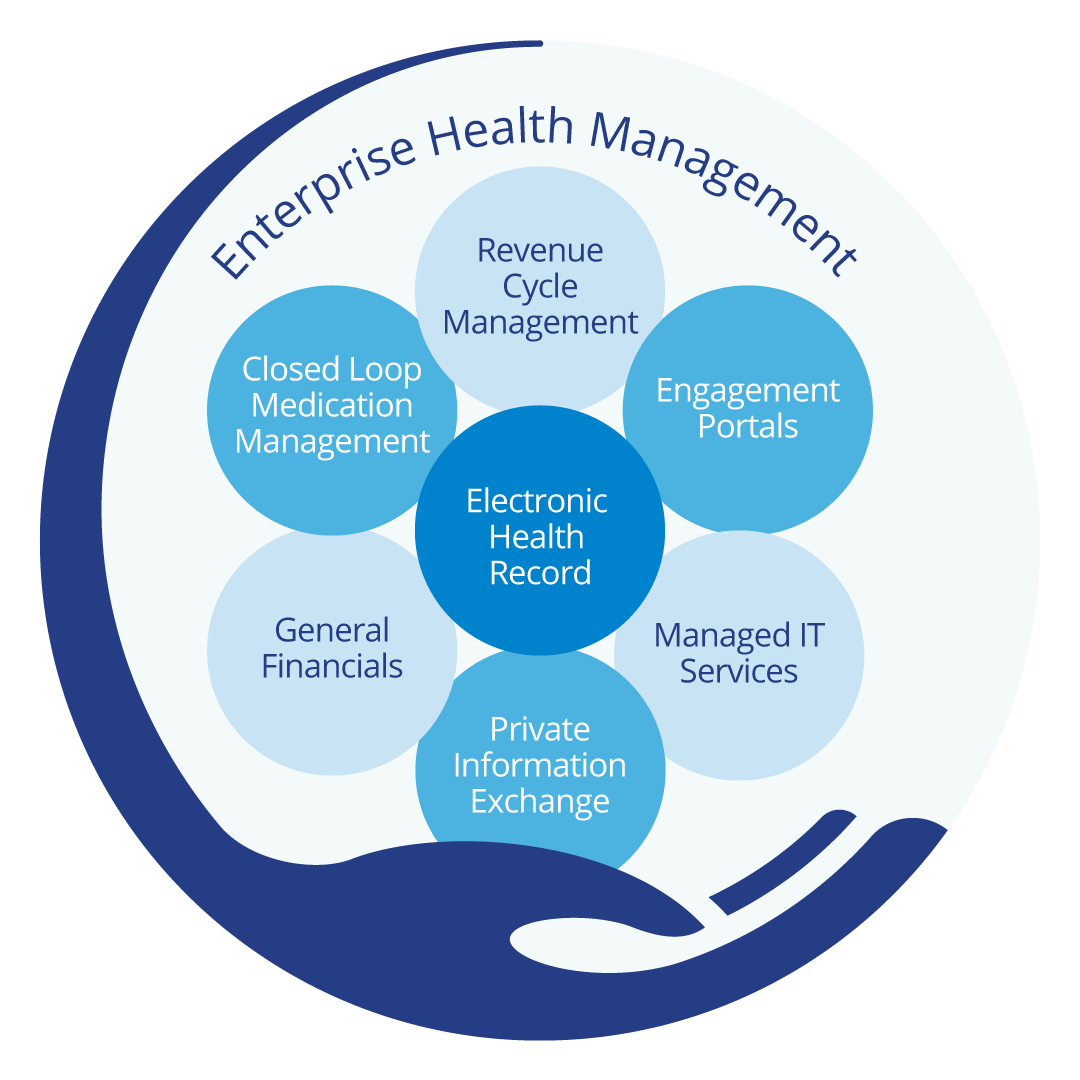We Serve Providers of
Acute Care
The pandemic displayed the importance of quickly receiving and sharing internal and external health data. The efficiency of your technology is vital to improve care delivery, optimize operations, and reduce costs. Providers today rely on their electronic health records to perform functionality beyond their capability. You need an integrated system that makes data meaningful —you need an Enterprise Health Management Solution.
Cantata offers a robust Revenue Cycle Management solution to help acute care facilities clean up their claims, understand and reduce denials, and lower A/R days, giving them full visibility and the analytical foresight to drive future success.
Maximize your technology investment, increase staff efficiency, reduce operational costs, and get the full picture of a patient’s health across every point of care:
- Pharmacy Management
- Medication Management
- Revenue Cycle Management
- General Financials
- Provider, Consumer, Referral, Scheduling Portals, and more
- Information Exchange
- Information Technology Services

Cantata has a long history of serving rehabilitation and assisted living centers. Our Enterprise Health Management Solution incorporates all facets of care, from Intake forms, Assessments, and Medication Administration to Billing, Accounts Payable, and General Financials.
Learn more about our functional capabilities.
Private Information Exchange
Closed Loop Medication Management
General Financials
Revenue Cycle Management
Engagement Portals
Managed IT Services

